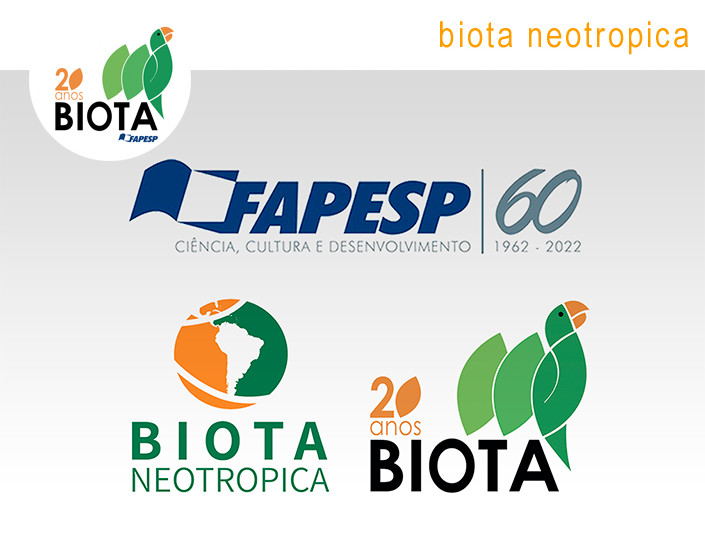From insect-plant interactions to ecological networks
Abstract
Abstract Since its inception, biodiversity has largely been understood as species diversity and assessed as such. Interactions among species or functional groups are gradually becoming part of an expanded concept of biodiversity. As a case study of the development of a research program in biodiversity, we summarize our multi-decade studies on interactions of Asteraceae and flowerhead-feeding insects in Brazil. Initially, host species were treated as independent replicates in order to assess the local and turnover components of their herbivore diversity. Research then expanded into sampling entire interactive communities of host plants and their associated herbivores in different localities and regions, enabling new research lines to be pursued. Interaction diversity could be assessed and factored into spatial and among-host components, suggesting a new field of interaction geography. Second, host specialization, a key component of interaction diversity, was reframed considering simultaneously relatedness and local availability of plant hosts. Third, with the influence of complex network theory, community-wide species interactions were probed for topological patterns. Having identified the modular structure of these plant-herbivore systems, later we demonstrated that they fit a compound hierarchical topology, in which interactions are nested within large-scale modules. In a brief survey of research funded by Fapesp, especially within the Biota-Fapesp program, we highlight several lines of internationally recognized research on interaction diversity, notably on plant-frugivore and plant-pollinator interactions, together with new theoretical models. The interplay of field studies with new theoretical and analytical approaches has established interaction diversity as an essential component for monitoring, conserving and restoring biodiversity in its broader sense.Published
2022-01-01
How to Cite
Lewinsohn, T. M., Almeida Neto, M., Almeida, A., Prado, P. I., & Jorge, L. R. (2022). From insect-plant interactions to ecological networks. Biota Neotropica, 22(spe). Retrieved from https://www.biotaneotropica.org.br/BN/article/view/1954
Issue
Section
Thematic Reviews
